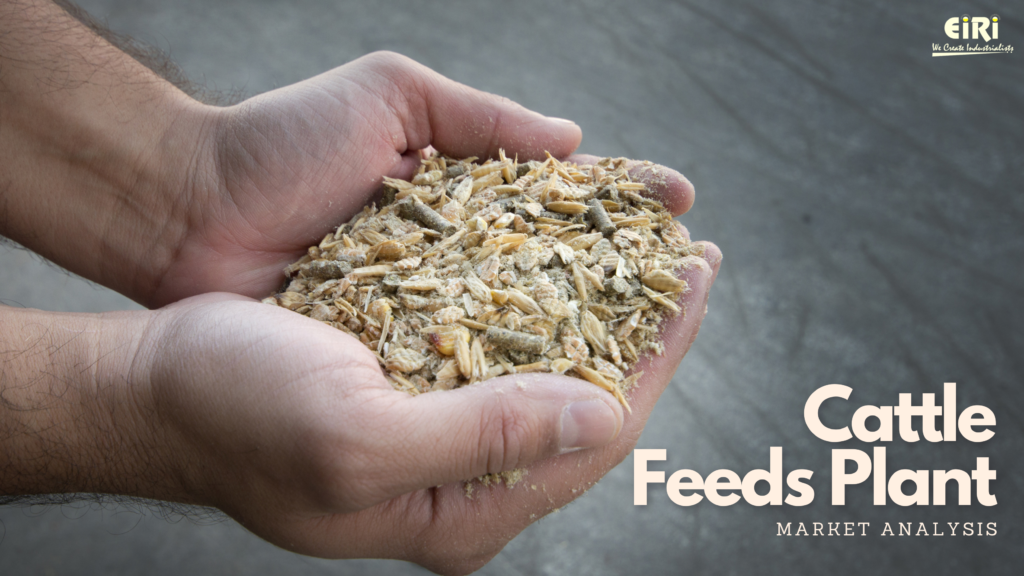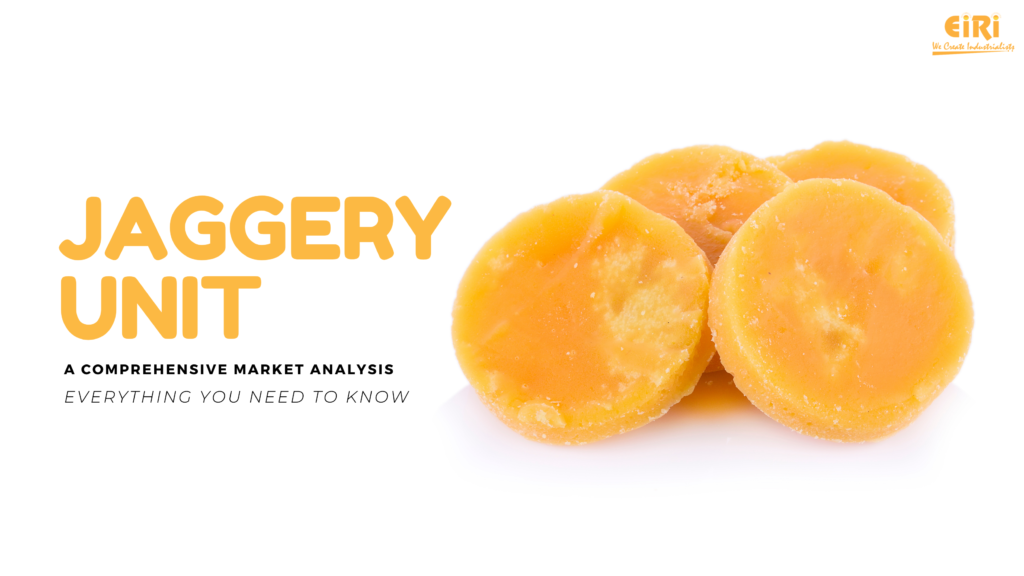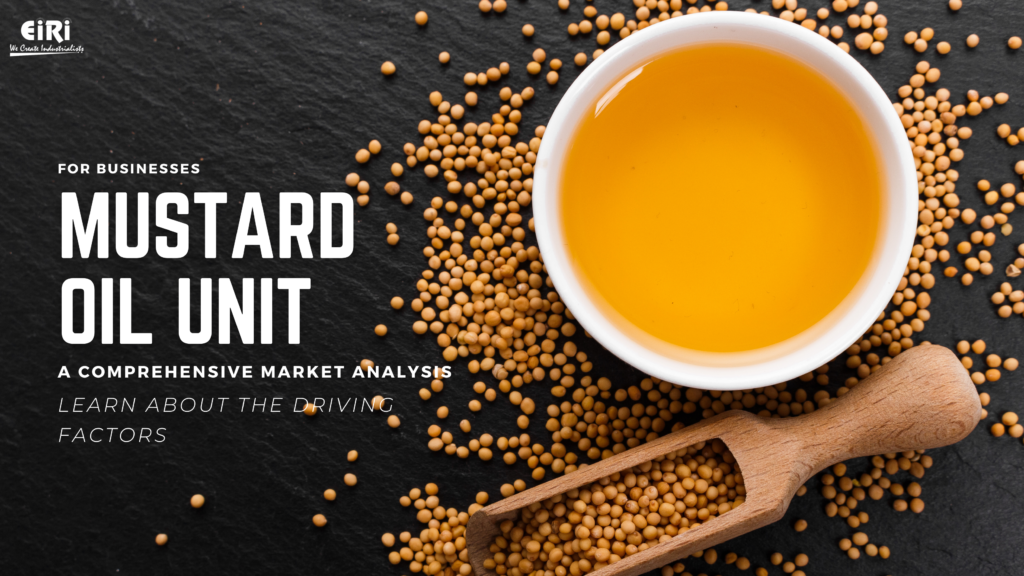LIQUID GLUCOSE FROM BROKEN RICE (Cap: 20,000 Ton/Annum)
Starch occurs naturally in the plants and its percentage varies with the plant and also in different parts of the same plant. Corn (maize) sorghum grain wheat, rice, potato, tapioca, arrowroot and sago are among the important sources of natural starches. The grains of barley, rye, oat and the millets are also employed in the production of starches.
Maltodextrins are products with a low Dextrose Equivalent (DE) from 3 to 20, obtained by enzyme Conversion (usually Alpha-amylase). They are usually spray dried powders (less than 5 percent moisture) as the corresponding liquids have extremely high viscosities and tend to become cloudy on storage. Among Maltodextrins, the very low DE product is prepared from waxy corn starch, a natural starch that is almost entirely the amylopectin polymer.
Maltrodextrin is a purified concentrated aqueous solution of nutritive saccharides obtained from edible starch, or the dried product derived from said solution and having a dextrose equivalent (DE) less than 20.
Maltodextrin (C6H10O5)n H2O is a mixture of saccherides with a molecular weight between poly saccharides and oligosaccharides with DE lower than 20 (not sweet) which is available as white powder mostly or concentrated solution. It physical and functional properties such as sweeteners. Compressibility and viscosity vary depending upon the extent of starch hydrolyses which is characterized by DE determination.
It is used in food industry, bulking agent fat replacer, medical/nutritional purpose.
Maltodextrins from sources other than corn might not only exhibit functional differences, they often display other differences, such as flavor. Since they are generally more expensive than corn maltodextrins, any benefits they confer must outweigh the cost. But other considerations besides functionality exist.
With enzymatic hydrolysis, process factors come into play, but the specific enzyme used also impacts the end result. For example, alpha-amylase attacks the (1-4) linkages of starch (the main chain of amylopectin or amylose). Other enzymes, such as isoamylase, catalyze the hydrolysis of the (1-6) bonds and act as “debranching” enzymes. In general, acid hydrolysis tends to produce more sugars, such as dextrose and maltose, which means they will promote browning. The acid/enzyme process usually results in a lower dextrose content.
PRODUCT DESCRIPTION AND USE
Liquid Glucose, an aqueous solution, is a combination of glucose, polysaccharides and disaccharides. It is manufactured from starch derived from corns, grapes and honey, through various chemical procedures including refining, vacuum evaporation, and several others. This transparent, yellow solution exhibits an exceptional ability to control sweetening and thus, it is commonly added in bakery and confectionery items. Apart from this, it also helps in achieving the desired physical characteristics of various cuisines as it improves the texture and form of the products.
Culinary Applications
- Glucose prevents crystallization and discoloration of the food items. Thus, it is widely used as one of the main ingredients in hard-candies.
- A combination of Liquid Glucose and sugar syrup is commonly used in flavored candies manufacturing industry and chocolate industry.
- It acts as a preservative for food products by keeping them soft and fresh for a long period of time. That is why it finds use in the preparation of jams, jellies, chewing gums, etc.
- It is also added in ice creams as a sweetener to enhance their flavor and to lower down their freezing point. sorbitol
Liquid Glucose Uses
Liquid glucose is a clear or light yellow syrup derived from corn, grapes or honey. Liquid glucose is regularly available in Europe, though less common in the United States. The syrup is similar to light corn syrup and is used in many of the same applications, especially in the processed food industry. Liquid glucose has high viscosity and a low freezing point and does not crystallize like granular sugar.
Maltodextrins act as dispersing aids, flavor carriers, bulking agents, humectants, viscosifiers and other functional ingredients. They can work in a wide variety of applications – from dry mixes to fillings and sauces to beverages. Due to their osmolality, they can be a valuable source of nutritive carbohydrates.
The functional characteristics related to DE help determine the applications where maltodextrins are used.
Market:
Broken rice is the by-product of rice mill. It has various uses out of which one use is to prepare liquid glucose from broken rice. It can be processed from the F.C.I. Godown also. By using broken rice, starch can use as filler in the different variety of food products. About 90% of the liquid glucose produced in India is consumed by the confectionery industry. Its preparation of sugar candy. It standard confectionery being about 33%. It is used also in textile printing and in biscuit and tobacco canning. The rest of this is used in leather, textile pharmaceutical and other industries. The domestic demand for liquid glucose had been estimated as 10000 MT/annum of which 7500 tones are used in the confectionery plants and are therefore widely distributed in their crude from. They can be found in almost all fruits, vegetables and corns. Different countries are known to be using different agricultural sources for production of starch. Now a days there is very good scope of new investment in this line.
LIQUID GLUCOSE or Corn Syrups are purified concentrated aqueous solution of polysaccharides obtained from partial (controlled) hydrolysis of maize starch.
The solids are composed of various carbohydrates; dextrose, maltose and higher polysaccharides.
The different carbohydrate profiles combined with various available solid levels give Liquid Glucose its unique application functions.
INVERT SYRUP (invert sugar syrup) is pale colored sweetener prepared by the acid hydrolysis / enzymatic hydrolysis of a solution of white refined sugar. Invert Syrup contains equal proportions of the invert (reducing) sugars: glucose and fructose. It has wide application and is particularly useful where high concentrations of invert sugars are required. The crystal-inhibiting characteristics and humectant properties (retention of moisture) means that the shelf life of many products can be extended by the use of Invert Syrup in product formulations. It has a high degree of sweetening power relative to sucrose.
Both corn syrup Invert sugar syrups have identical functional properties, the main property being prevention of crystallization of sugar. The main difference is degree of sweetness. Corn syrup is less sweet. Other functional properties of the products are:
- Keep food products soft and fresh.
- Does not crystallise on storage.
- Excellent food preservative.
- Provide body and cohesiveness.
- Prevent crystallisation of sucrose in combined syrups.
- Emulsion stabilizer.
- Freezing point depressant
End user of liquid Glucose
The main end users of liquid glucose are Candy confectionery and sweet making
Major ingredient of hard boiled candies.
- Conjunction with sugar for flavoured candies, chocolates manufacture.
- Glucose biscuits
- Jams, jellies, chewing gums and canned fruits
- Syrups for pie in bakery
- Ice cream
Pharmaceuticals
For cough syrups and vitamin based tonics, S02 free liquid glucose is used to provide mild sweetness and body consistency. It makes principal ingredient for cough lozenges and acts as granulating agent for tablet coating.
Flavouring
Flavouring and moistening agent in chewing tobacco.
Flavouring and preservative in mouth freshening formulation.
Improves the keeping quality of tobacco.
Substitute for Honey
RAW MATERIALS & YIELD
From 1 Ton of Broken Rice
Liquid Glucose produced: 820 Kgs.
From 1 Ton of Broken Rice
Maltodextrin produced : 720 Kgs.
Gluten obtained (By product): 180 Kgs.
Contents of the project report:
CONTENTS
INTRODUCTION
PRODUCT DESCRIPTION AND USE
USES AND APPLICATION OF MALTODEXTRIN
PROPERTIES & CHARACTERISTICS
PROPERTIES AND CHARACTERISTICS OF MALTODEXTRIN
B.I.S. SPECIFICATION
OVERVIEW AND AVAILABILITY OF RICE IN INDIA
MARKET SURVEY
IMPORT DATA OF LIQUID GLUCOSE
EXPORT DATA OF LIQUID GLUCOSE
PRODUCTION OF LIQUID GLUCOSE IN INDIA
INSTALLED CAPACITY, PRODUCTION AND CAP. UTILIZATION OF LIQUID GLUCOSE
ESTIMATED DEMAND
MARKET SURVEY (GLOBAL)
OVERVIEW OF RICE IN SURINAME
RICE PRODUCTION (MILLED) IN SURINAME
FUTURE EXPANSION PLANNING OF KBRL LTD INTO LIQUID GLUCOSE
PRESENT MANUFACTURERS
SPECIFICATIONS
MANUFACTURES OF STARCH AND ALLIED PRODUCTS
MANUFACTURING PROCESS
PROCESS FLOWSHEET FOR STARCH MANUFACTURING
FROM BROKEN RICE
MANUFACTURING PROCESS FOR LIQUID GLUCOSE
MANUFACTURING DIAGRAM MANUFACTURS OF LIQUID GLUCOSE
MANUFACTURING PROCESS OF LIQUID GLUCOSE FROM BROKEN
RICE USING ENZYME HYDROLYSIS
PROCESS FLOW DIAGRAM
MANUFACUTRING PROCESS OF MALTODEXTRIN FROM BROKEN RICE
PROCESS FLOW DIAGRAM OF MALTODEXTRIN FROM RICE STARCH OBTAINED FROM BROKEN RICE
SEPARATION OF PROTEINS AND PRODUCTION OF MALTODEXTRIN
ASSAY METHOD OF MALTO DEXTRIN (REDUCING SUGAR)
WET MILLING PROCESS
RAW MATERIALS & YIELD
CONSULTANTS FOR GLUCOSE PLANT
SUPPLIERS OF RAW MATERIALS
COMPLETE PLANT SUPPLIERS FOR LIQUID GLUCOSE
SUPPLIERS OF BROKEN RICE
SUPPLIERS OF PLANT & MACHINERY
WHAT IS THE PURPOSE OF USING LIQUID GLUCOSE WHILE MAKING CHOCOLATES?
LIST OF THE BUYERS OF LIQUID GLUCOSE
APPENDIX – A
- COST OF PLANT ECONOMICS
- LAND & BUILDING
- PLANT AND MACHINERY
- FIXED CAPITAL INVESTMENT
- RAW MATERIAL
- SALARY AND WAGES
- UTILITIES AND OVERHEADS
- TOTAL WORKING CAPITAL
- COST OF PRODUCTION
- PROFITABILITY ANALYSIS
- BREAK EVEN POINT
- RESOURCES OF FINANCE
- INTEREST CHART
- DEPRECIATION CHART
- CASH FLOW STATMENT
- PROJECTED BALANCE SHEET
Engineers India Research Institute (India) have recently prepared Market survey Cum Detailed Techno Economic Feasibility Report of Liquid Glucose from Broken Rice with 2000 Mt/Year Capacity, Where Land Area required 6 Acres, Plant and Machinery cost is US $ 12 Lacs, Rate of Return 44% and BEP would be 42%. An entrepreneur may obtain the copy of this project report from www.eiriindia.org or may call on +91 9811437895 Sudhir Gupta




